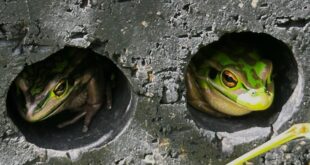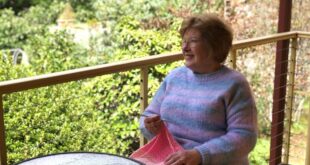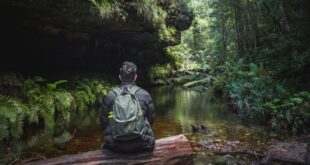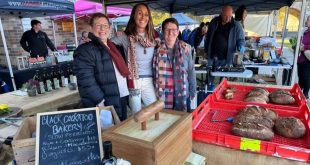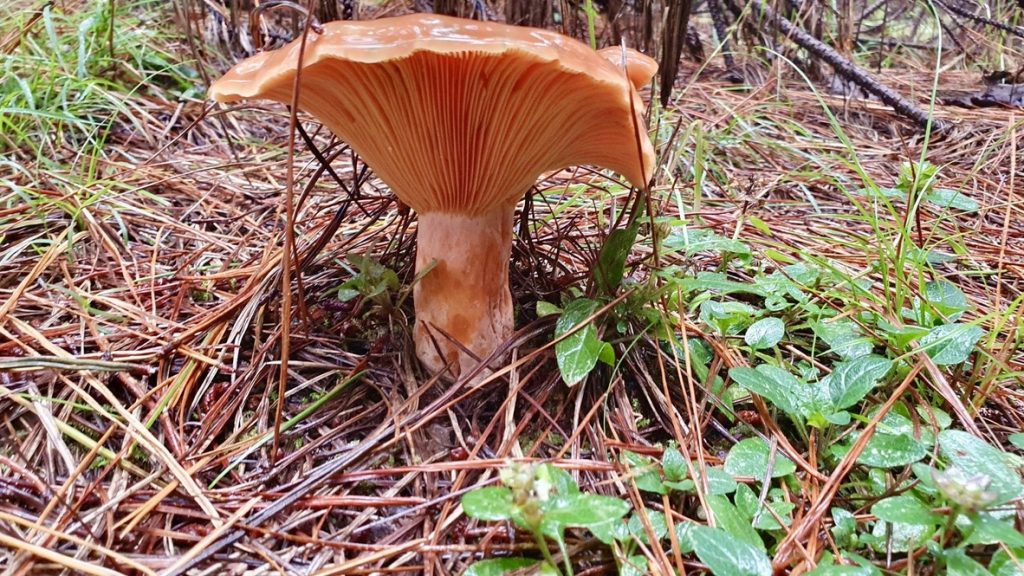
Mushrooms on forest floor. (Max Arkley-Smith)
By Tracie McMahon
I used to think food was a simple thing. You went to the shop, paid, loaded your car, unloaded, cooked and ate. Then COVID happened and getting to the shop wasn’t so simple.
Homebound, I channelled my love of gardening into a backyard vegetable plot. Not only was it cheaper and closer, it was tastier. By chance I caught an interview on Gardening Australia with Lithgow local, Diego Bonetto. Diego is passionate about the nutritious food that is growing in our backyards, rivers, oceans and forests. He sees it as a wasted resource, so is equally passionate about educating the public. It is a resource that is free, close and appetising.
Armed with Diego’s book: Eat Weeds, I wondered if I could supplement the backyard plot with a wider range. I soon found that a beautiful fresh meal could be sourced within a short walk. No need to break the COVID rules, no expense and tasting divine. As Diego says “Foraging for food is the old made new again, but this time it’s cool.” His recipes are featured in luxury restaurants and he runs regular edible weed and wild mushroom foraging workshops in Sydney, the Southern Highlands and Hampton State Forest.
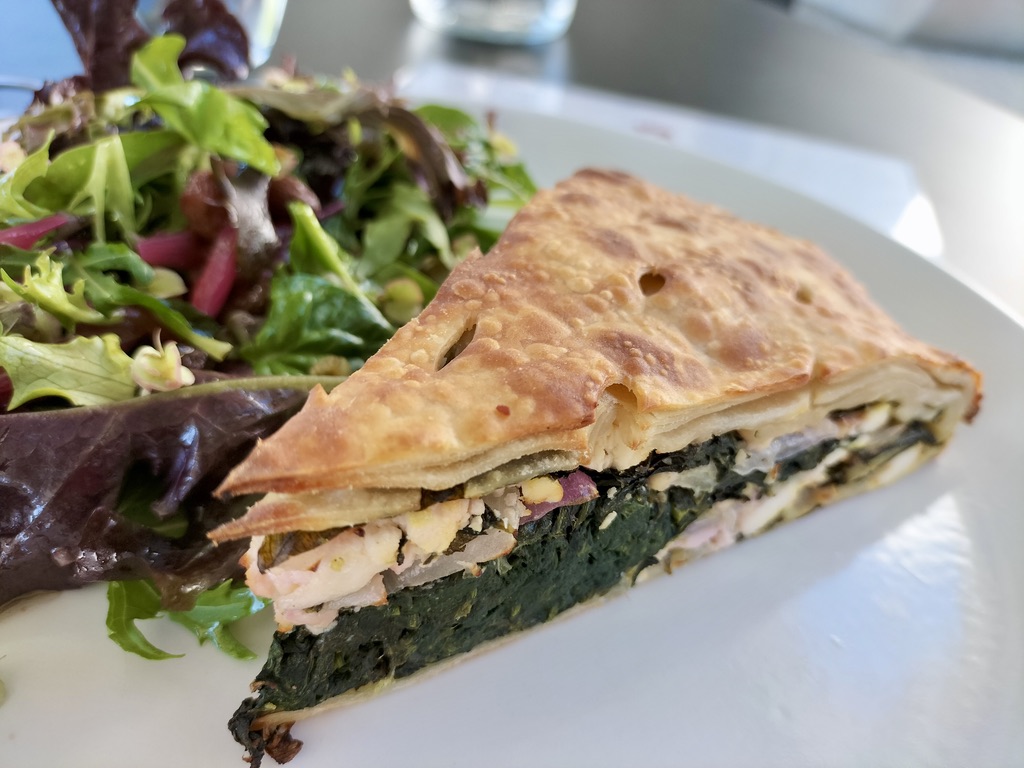
Weed Pie features on the menu at Bundanon, in the Southern Highlands. It was delicious. (Tracie McMahon)
It was a ‘hands-dirty’ secret for a while – I wasn’t sure my family would cope with the idea. Now, it seems I can come clean. Post COVID, prices have skyrocketed, ‘basics’ now have a luxury price tag. And it seems I’m not alone. My son, Max Arkley-Smith, has become a foraging enthusiast. Max began his foraging journey with Google. Then he got serious and booked himself into an edible wild mushroom foraging workshop in Hampton State Forest with Diego Bonetto.
On the day of the workshop, I was surprised to find Max up at 7 am, fully dressed and poring over my copy of Eat Weeds. He wasn’t deterred by the rain pouring down outside: “It’s perfect conditions,” he exclaimed. “I haven’t been this excited about anything since I was a little kid. It’s like Christmas.”
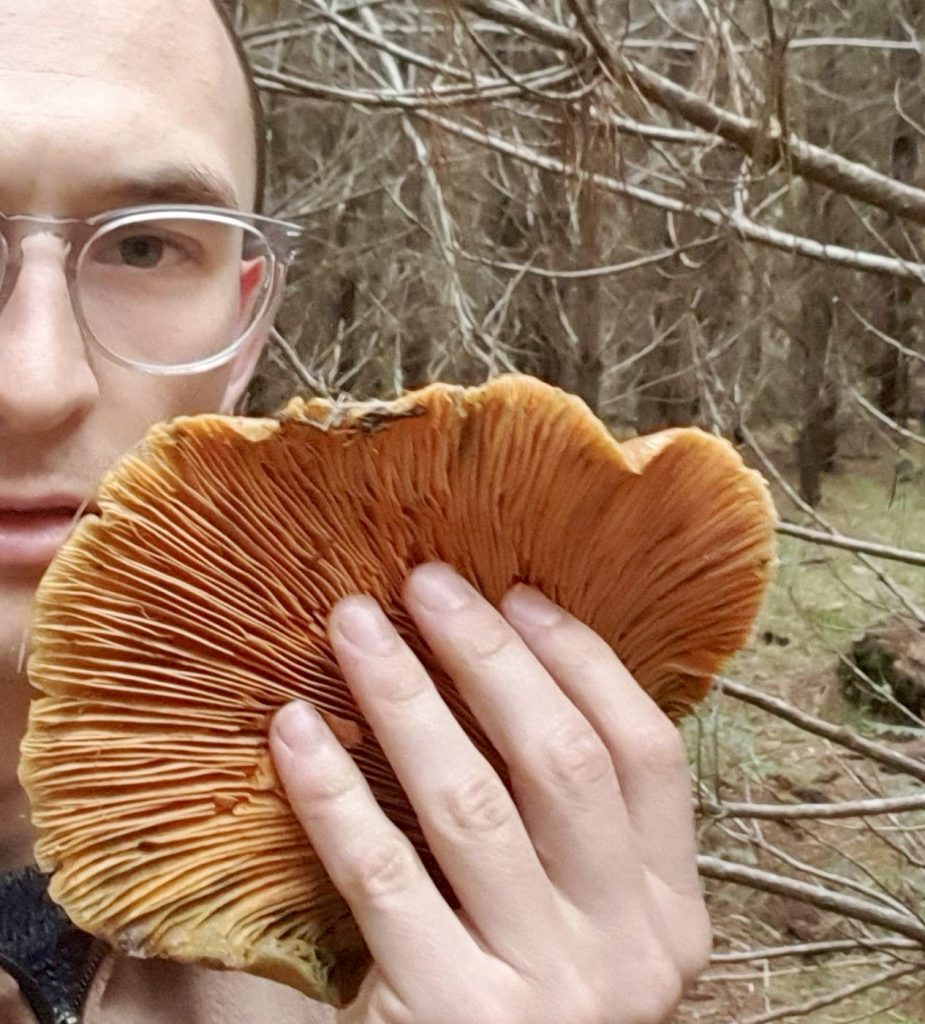
Selfie with Saffron Milk Cap (Max Arkley-Smith)
So off he went, through the fog and mist into the leech-infested forest to forage. He returned with a huge grin and a cardboard box laden with Saffron Milk Caps to share. Between exclamations of “look at this one,” and “taste this,” he told me he was one of fifteen participants, guided through the forest by Diego and his partner Marnie. I wondered if they were all twenty-somethings like him and he assured me they were not. Everyone was into it. The group included couples, retirees, locals and tourists.
Diego taught them what to look for and how to harvest. His tour focused on edible pine mushrooms, particularly saffron milk caps. He also took time to explain just how magical mushrooms are. As his book explains: “fungi are neither plant nor animal, but a separate kingdom. A mushroom is the reproductive strategy of an organism – mycelium – that lives underground.”
After the group forage, they returned to compare their harvest and Diego and Marnie taught them how best to store, dry, pickle and cook the mushrooms. Marnie sautéed the mushrooms in garlic for a forager’s lunch on site. At home, Max got busy cooking dinner for us, eager to show off his new-found skills.
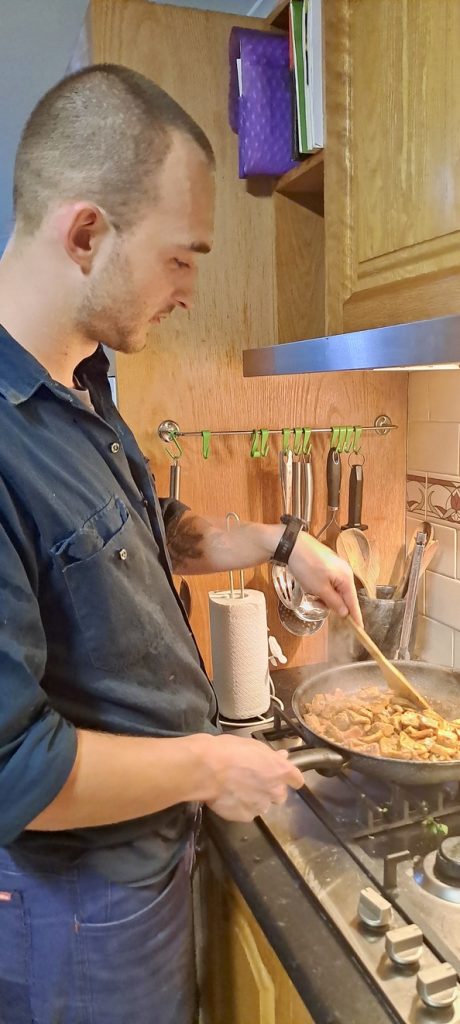
Max sautéing saffron milk caps in garlic for dinner (Tracie McMahon)
For Max, the big takeaway from the day was Diego’s clear message: “Don’t pick what you don’t know.” I do some reading while Max cooks and Diego’s book tells me “there are an estimated 7000 to 8000 mushroom- producing fungi species in Australia, the vast majority of which have yet to be described.” Diego teaches only three species in his wild edible mushroom workshops: saffron milk caps, slippery Jacks and slippery Jills.
Max leaves me with a selection of saffron milk caps and strict instructions on how to prepare them. My breakfasts have never tasted better. Sautéed mushrooms with ricotta on grainy toast. Nice!
The best time of year for foraging is Autumn when there has been up to 10 mm of rain overnight in the previous day or two. Each type of mushroom has its own habitat and season. Some have a very short season and some longer, it depends on conditions and how extensive the mycelium is. I’ve always been a bit scared of foraging for mushrooms, because the wrong one can make you very ill. But, guided by Max’s experience and the information in Diego’s book, I set about doing a little foraging in my own backyard for species I could readily identify. I was surprised to find a slippery Jack and some very nice field mushrooms next to my chookyard, and saffron milk caps within easy walking distance.
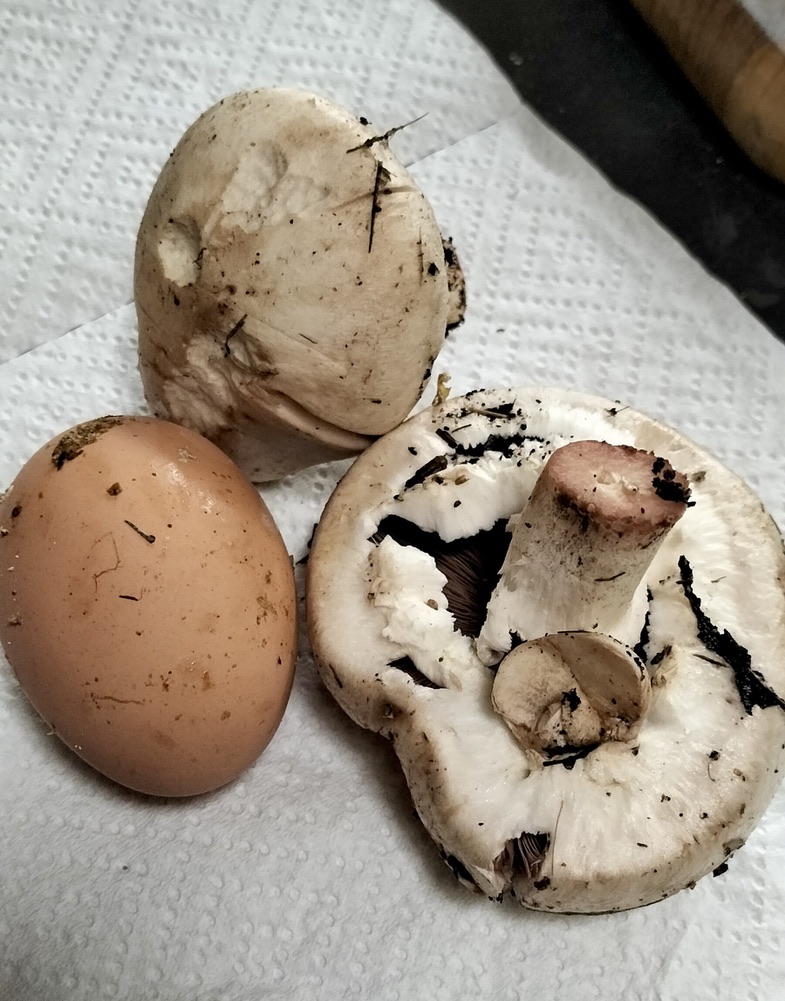
The field mushroom from my yard with an egg from the chooks – free meal – woo hoo! (Tracie McMahon)
Over April our cupboard steadily filled with jars of pickled saffron milk caps and mushroom jerky to take with me on my next remote hiking trip. The mushrooms must be consumed or prepared within a few days, so we make the most of the limited season, ensuring that all that we forage will be consumed. The family group chat is flooded with fungi imagery as we compare notes. At the time of writing, the Fly Agaric (the red one with dots on top) are everywhere, and it is a competition to see who can find the biggest one! It’s photos only though as this type of fungi can be poisonous for humans and animals if ingested.
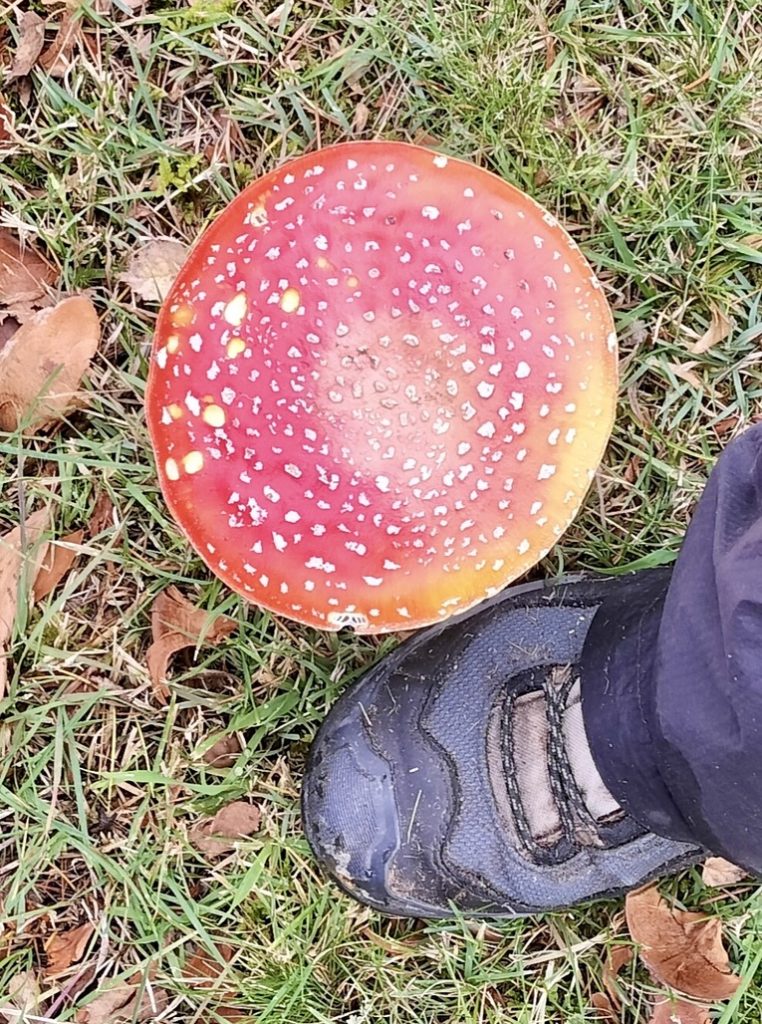
Fly Agaric in a nearby reserve. My shoe for size (T McMahon)
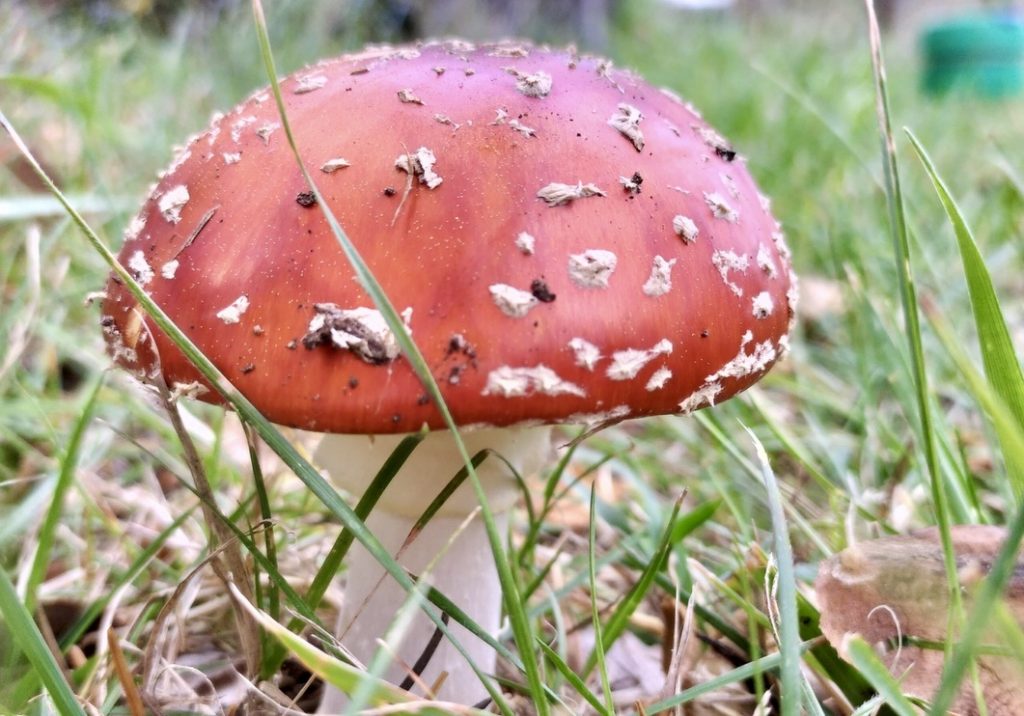
Close-up of a Fly Agaric (Tracie McMahon)
It occurs to me that all this eating direct from the land, no food miles, no fertilisers and no handling is not only good for my family, but for the planet. I message Max about this article and ask if I can use his photos. He replies: “You really need the perspective of going out there to understand what it’s like. Foraging is a real getting-your-hands-dirty activity.”
To my surprise, he messages me a slideshow from work, explaining that everyone was asked to “do a topical presentation at work about something we were interested in over lunch last week. Naturally, I picked mushrooms”. He adds that I “might learn something”. It turns out to be a great introduction to foraging. It includes information about different ways mushrooms feed, a lot of science and some great pics from his foraging expedition. And yes, I did learn a lot.
Max has shared the slideshow for our readers:
All About Mushrooms (Max Arkley-Smith)
Autumn is drawing to a close, but there is still time to forage. Last weekend Max was delighted to find about a dozen different types of fungi in our yard and the nearby reserve. His knowledge has grown and with it his respect for this extraordinary organism. We pick a couple of beautiful saffron milk caps and bring them home to saute and serve on top of mashed pumpkin harvested from Blackheath Community Farm.

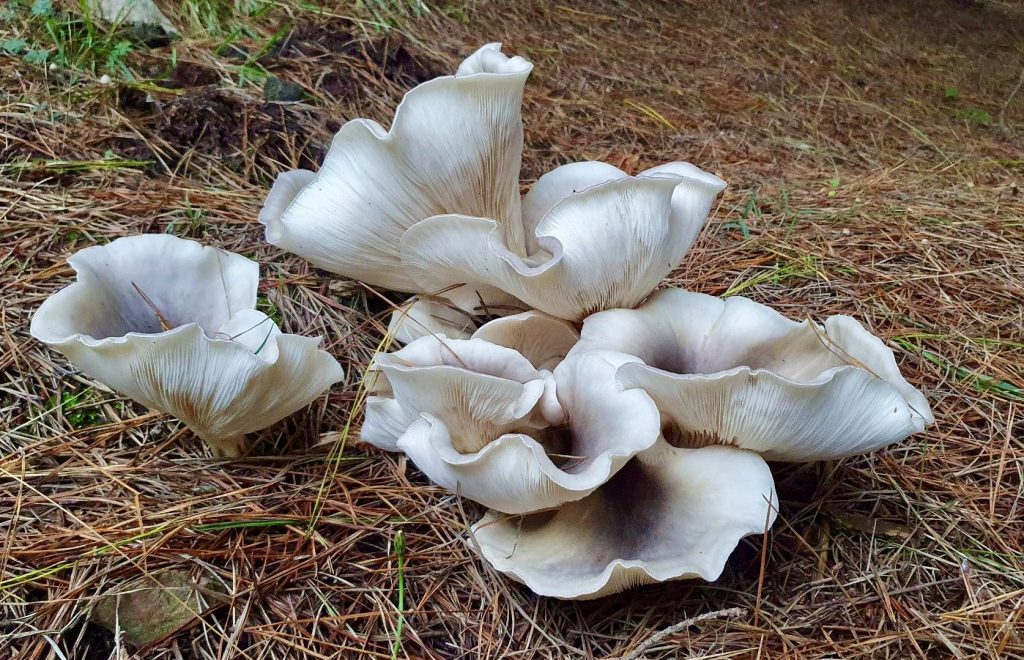
Fungi found by Max over Autumn (Max Arkley-Smith)
I still have much to learn and have booked myself in for the Lithgow and Oberon Landcare mycology workshop at Maldhaan Ngurr Ngurra Lithgow Transformation Hub. I’m planning to attend one of Diego Benetto’s workshops as soon as I can get a place!
If you would like to know more about fungi, mushrooms and mycology (the study of fungi) details of Diego’s books and workshops can be found here: https://www.diegobonetto.com/
This story has been produced as part of a Bioregional Collaboration for Planetary Health and is supported by the Disaster Risk Reduction Fund (DRRF). The DRRF is jointly funded by the Australian and New South Wales governments.

